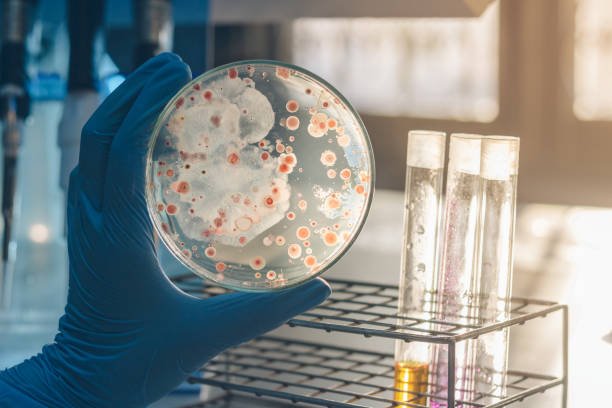How do yeast cells benefit from the fermentation process?
Yeast cells, like those of the species Saccharomyces cerevisiae commonly used in baking and brewing, have an intricate relationship with the process of fermentation. This biochemical process is central to yeast metabolism, providing a myriad of benefits including energy production, growth facilitation, environmental adaptation, and survival under certain conditions.
“Fermentation equips yeast cells with the means for energy production, growth, environmental adaptation, and resilience under stress, underpinning their remarkable survival in a diverse array of conditions.”
How do Yeast Cells Benefit from the Fermentation Process?
Yeast cells benefit from the fermentation process due to several factors:
- Energy Production: Fermentation allows yeast cells to generate ATP, which is necessary for many cellular processes, even in low-oxygen conditions. This energy production facilitates their survival under various conditions.
- Growth Facilitation: The ATP produced during fermentation provides the necessary energy for yeast cell growth and multiplication. This helps in their proliferation under suitable conditions.
- Environmental Adaptation: Fermentation waste products, ethanol, and carbon dioxide, influence the environment in which the yeast cells exist. Carbon dioxide assists in food processes like baking and brewing, while ethanol reduces competition by inhibiting the growth of other microorganisms.
- Survival Under Stressful Conditions: Even under stressful conditions like high sugar concentrations or low pH, yeast cells can continue to undergo fermentation, producing necessary ATP, and ensuring their survival. This characteristic exhibits the flexibility and resilience of yeast metabolism.
Energy Production
At the heart of yeast metabolism is the need to generate adenosine triphosphate (ATP), the molecule that provides the energy for many processes within a cell. In the presence of oxygen, yeast cells undergo aerobic respiration, a highly efficient process that generates large amounts of ATP. However, when oxygen levels are low or absent, such as during dough making or in a fermentation tank, yeast cells switch to an anaerobic pathway known as fermentation.
The fermentation process allows yeast cells to generate ATP from glucose or other sugars without the need for oxygen, through a process called glycolysis followed by alcohol fermentation. Even though this process is less efficient than aerobic respiration in terms of ATP produced per glucose molecule, it allows yeast cells to continue producing ATP and thus survive in low-oxygen conditions.
Growth Facilitation
Yeast cells multiply by a process called budding, where a small offspring cell grows out from the parent cell and then separates. For this growth and multiplication process to occur, the yeast cells require energy. The ATP produced during fermentation provides the necessary energy for yeast cell growth and proliferation.
Environmental Adaptation
The fermentation process also plays a crucial role in how yeast cells adapt to their environment. The waste products of fermentation, ethanol, and carbon dioxide, have significant impacts on the environment around the yeast cells.
Carbon dioxide production causes dough to rise in the baking process, creating the characteristic texture of bread. In brewing, it contributes to the carbonation of beer. Yeast cells can thus modify their environment, providing a benefit to themselves by making the environment more suitable for their growth and proliferation.
Ethanol, another by-product of yeast fermentation, can inhibit the growth of other microorganisms that might compete with yeast cells for resources. Thus, by producing ethanol, yeast cells can effectively reduce competition in their environment, giving them a survival advantage.
Survival Under Stressful Conditions
There are times when yeast cells experience stressful conditions, such as high sugar concentrations or low pH. These conditions can induce the yeast cells to undergo fermentation, even in the presence of oxygen, a phenomenon known as the “Crabtree effect”. This allows yeast cells to continue to produce ATP and survive under these stressful conditions, demonstrating the flexibility and resilience of yeast metabolism.
Video: Fermentation of Yeast & Sugar – The Sci Guys: Science at Home
Conclusion
Yeast cells derive several benefits from the fermentation process, including energy production, growth facilitation, environmental adaptation, and survival under certain conditions. These benefits make yeast an incredibly adaptable organism, capable of surviving in a variety of environments, from a dough mixture to a vat of brewing beer. Understanding the relationship between yeast cells and fermentation not only provides insight into this fascinating microorganism but also allows us to optimize its use in various industries.






